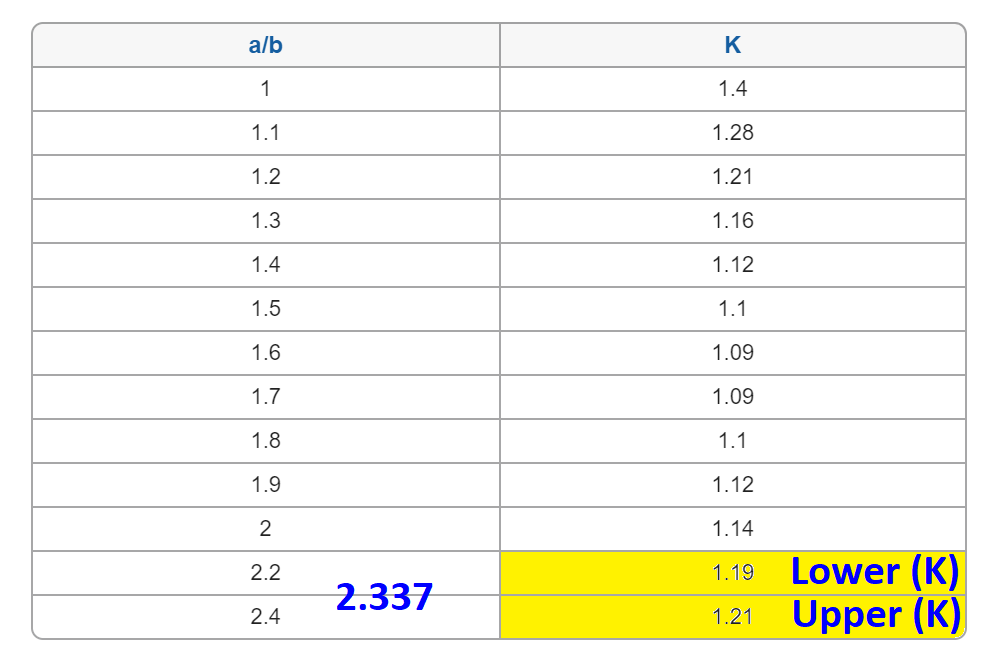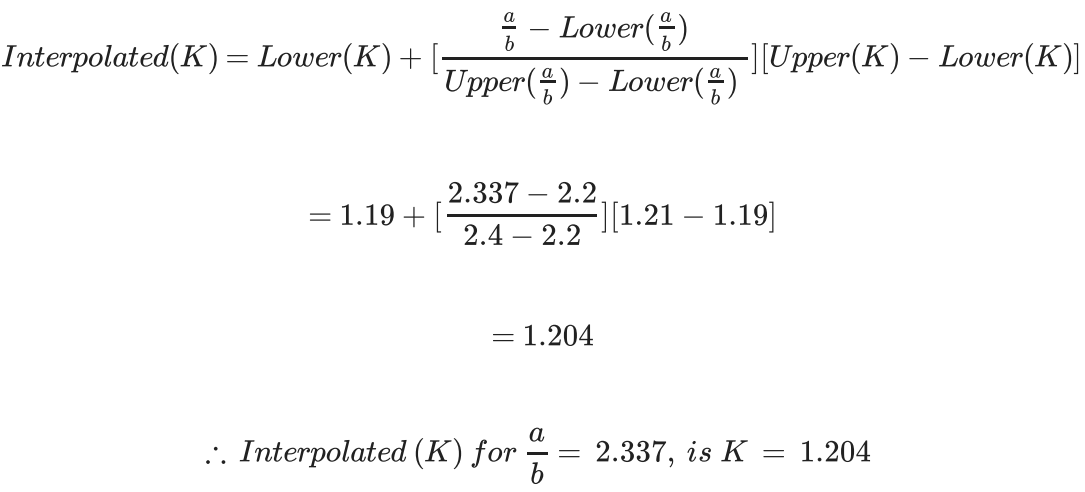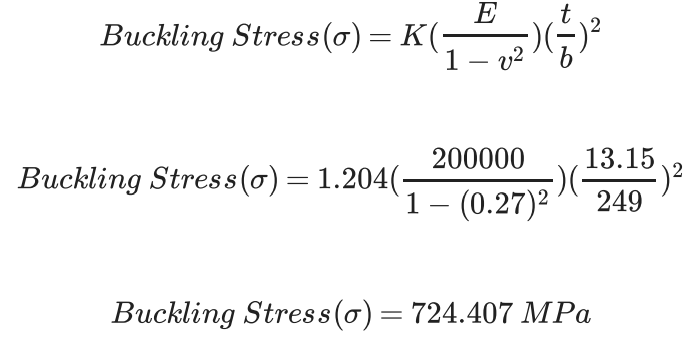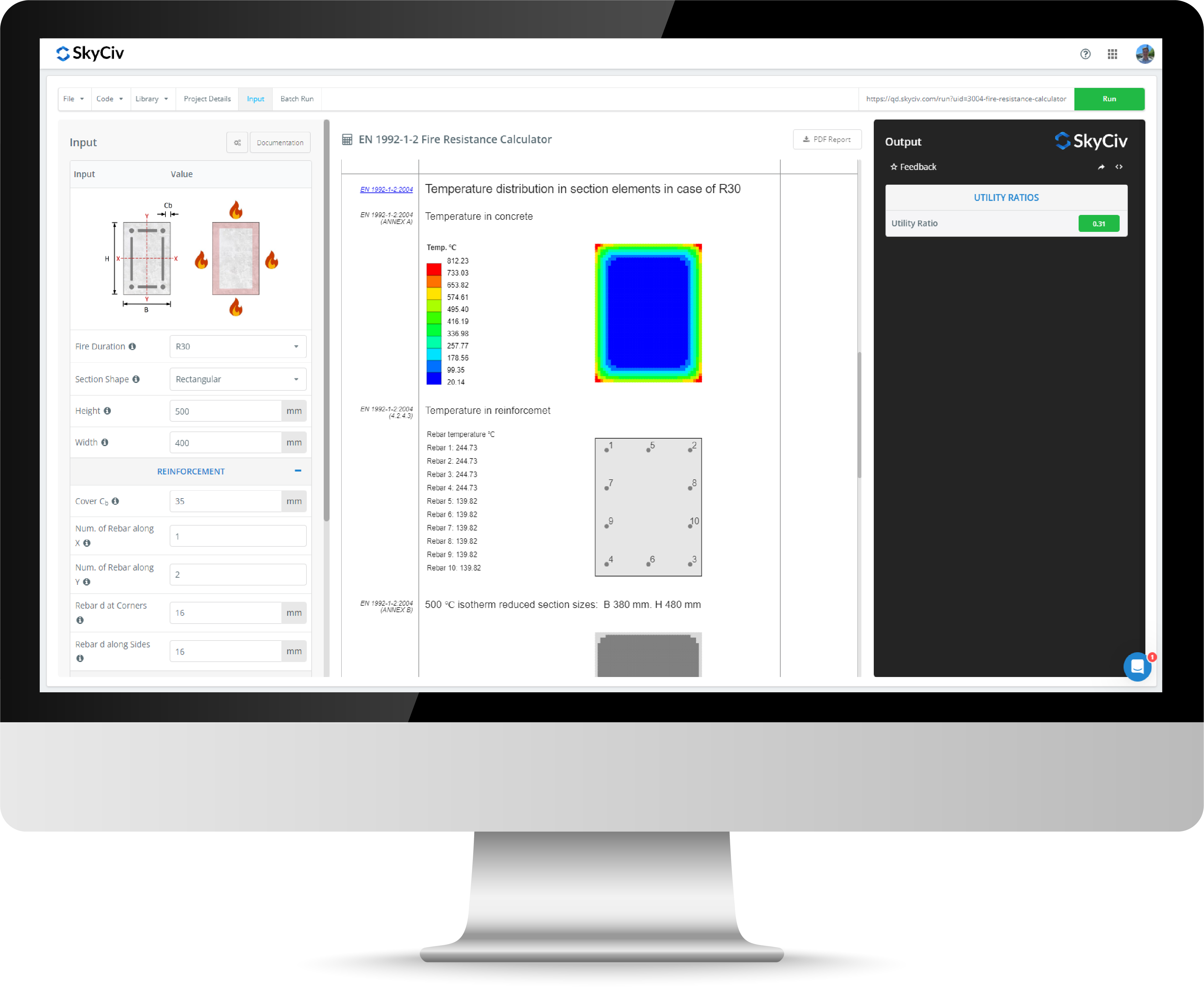Υπολογιστής λυγισμού πλάκας
Ο υπολογιστής λυγισμού πλακών SkyCiv είναι ένα δωρεάν εργαλείο για μηχανικούς που αναλύουν την τάση λυγισμού εντός πλακών χρησιμοποιώντας ιδιότητες τόσο πλάκας όσο και υλικού. Ο λυγισμός της πλάκας είναι η αστάθεια στις πλάκες όταν υπόκεινται σε συμπιεστικές δυνάμεις. Κατά συνέπεια, η πλάκα μπορεί να υποστεί παραμόρφωση ή παραμόρφωση (μετατοπίσεις εκτός επιπέδου) που οδηγεί σε λυγισμό. Αυτό το εργαλείο ανάλυσης λυγισμού πλάκας είναι ζωτικής σημασίας για να το χρησιμοποιούν οι μηχανικοί κατά την ανάλυση της δομικής ακεραιότητας σε εφαρμογές όπως γέφυρες ή ακόμα και αεροσκάφη. Με τη χρήση αυτού του εργαλείου, οι μηχανικοί είναι σε θέση να υπολογίσουν την τιμή της τάσης λυγισμού και να λαμβάνουν τεκμηριωμένες αποφάσεις για να εξασφαλίσουν ότι οι πλάκες είναι σε θέση να αντέχουν διάφορα φορτία και συνθήκες χωρίς παραμόρφωση ή λυγισμό.
Σχετικά με τον Υπολογιστή Λυγισμού Πλάκας
Τι μετράει το στρες λυγισμού?
Η τάση λυγισμού μετρά τα κρίσιμα επίπεδα τάσης στα οποία μια πλάκα μπορεί να αντέξει τα θλιπτικά φορτία με βάση μεταβλητές όπως οι ιδιότητες πλάκας και υλικού. Αυτή η τιμή χρησιμοποιείται για τον προσδιορισμό του πότε η πλάκα γίνεται ευαίσθητη σε παραμόρφωση ή πλευρική παραμόρφωση, καθώς αντιπροσωπεύει τη μέγιστη τιμή τάσης που μπορεί να αντέξει και να αντέξει η πλάκα. Η θεωρία λυγισμού πλάκας επιτρέπει στους μηχανικούς να αναλύουν τη σταθερότητα και την ακεραιότητα της πλάκας λαμβάνοντας υπόψη τις ιδιότητες της πλάκας και του υλικού και να διασφαλίζουν τη σταθερότητα, δομική ακεραιότητα και ασφάλεια.
Πώς υπολογίζεται ο λυγισμός πλακών?
Ο Υπολογιστής Λυγίσματος Πλάκας καθορίζει την τιμή Τάσης Λυγίσματος για μια πλάκα και υπολογίζεται χρησιμοποιώντας τις ακόλουθες εισόδους:
Ιδιότητες πλάκας:
- Τύπος υποστήριξης
- Μήκος πιάτου (ένα)
- Πλάτος πλάκας (β)
- Πάχος πλάκας (τ)
Ιδιότητες υλικού:
- Το μέτρο του Young (μι)
- Αναλογία Poisson (β)
Παράδειγμα λυγισμού πλάκας
Θα περιηγηθούμε τώρα σε όλους τους απαιτούμενους τύπους λυγισμού πλακών με ένα παράδειγμα χρησιμοποιώντας τις ακόλουθες εισόδους:
- Ιδιότητες πλάκας:
- Τύπος υποστήριξης: Οι άκρες β υποστηρίζονται απλά, μια άκρη μια σφιγμένη, άλλη άκρη ένα ελεύθερο
- Μήκος πιάτου (ένα): 582 χιλ
- Πλάτος πλάκας (σι): 249 χιλ
- Πάχος πλάκας (τ): 13.15 χιλ
- Ιδιότητες υλικού:
- Το μέτρο του Young (μι): 200,000 MPa
- Αναλογία Poisson (β): 0.27
- Χρήση των Ιδιοτήτων Πλάκας, ο λόγος διαστάσεων (α / β) μπορεί να υπολογιστεί χρησιμοποιώντας τον ακόλουθο τύπο αναλογίας διαστάσεων:

- Με βάση την τιμή του λόγου διαστάσεων και τον επιλεγμένο τύπο υποστήριξης, η τιμή του συντελεστή K μπορεί να προσδιοριστεί χρησιμοποιώντας τον αντίστοιχο λόγο διαστάσεων (α / β) και ο πίνακας τιμών συντελεστών K που παρέχεται παρακάτω για «Τα άκρα b απλά υποστηρίζονται, μια άκρη μια σφιγμένη, άλλο άκρο ένα ελεύθερο»:

- Καθώς δεν υπάρχει άμεσος αντίστοιχος συντελεστής Κ για λόγο διαστάσεων (α / β) του 2.337, θα μας ζητηθεί να χρησιμοποιήσουμε τον τύπο παρεμβολής συντελεστή Κ:

- Εν τέλει, θα χρησιμοποιήσουμε την εξίσωση λυγισμού πλάκας για να προσδιορίσουμε την τιμή τάσης λυγισμού που απαιτεί όλες τις προηγούμενες εισόδους και τις υπολογισμένες τιμές:

Τι είναι ο συντελεστής λυγισμού πλακών Κ?
Ο συντελεστής λυγισμού πλακών K είναι ένας κρίσιμος παράγοντας και παράμετρος που χρησιμοποιείται για τον υπολογισμό και τον προσδιορισμό της κρίσιμης τιμής τάσης λυγισμού. Ο συντελεστής Κ επηρεάζεται από διάφορες μεταβλητές που περιλαμβάνουν: η αναλογία διαστάσεων (α / β) και συνθήκες τύπου υποστήριξης. Οι μηχανικοί είναι σε θέση να χρησιμοποιούν την τιμή του συντελεστή Κ για την αξιολόγηση της σταθερότητας των πλακών υπό συμπιεστικά φορτία, καθώς είναι βασικός παράγοντας στον υπολογισμό των πλακών υπό συμπιεστικά φορτία και βοηθά στο σχεδιασμό κατασκευών που είναι ικανές να αντέχουν φορτία χωρίς αστοχία λυγισμού.
Γράφημα λυγισμού πλακών
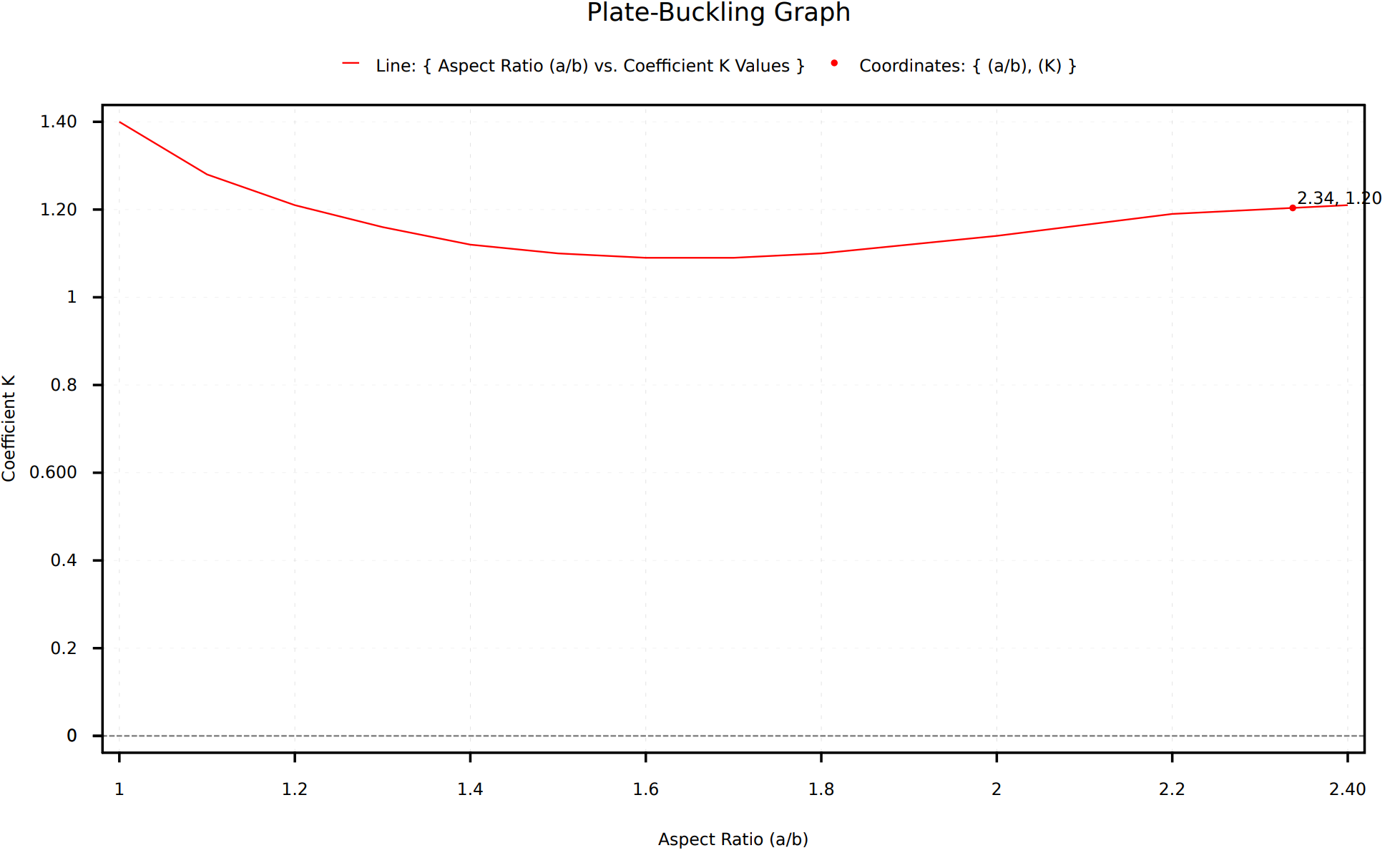
Το γράφημα λυγισμού πλακών εμφανίζει τη σχέση μεταξύ της αναλογίας διαστάσεων (α / β) μιας πλάκας και τον αντίστοιχο συντελεστή λυγισμού πλάκας Κ με βάση τον τύπο στήριξης. Ο λόγος διαστάσεων είναι ο συσχετισμός μεταξύ του μήκους της πλάκας (ένα) στο πλάτος του (σι). Και ο συντελεστής Κ είναι ένας παράγοντας που χρησιμοποιείται για να υπολογίσει την επίδραση των διαστάσεων και των οριακών συνθηκών, εξ ου και η σχέση μεταξύ αναλογίας διαστάσεων (α / β) και συντελεστής Κ.
Χρησιμοποιώντας αυτό το γράφημα, Οι μηχανικοί είναι σε θέση να παρατηρήσουν την επίδραση και την επίδραση του λόγου διαστάσεων πάνω από τον συντελεστή λυγισμού πλάκας K, παρέχοντας πολύτιμες πληροφορίες για τη σταθερότητα της πλάκας κάτω από διαφορετικές ιδιότητες πλάκας και υλικού. Εμφανίζοντας μια οπτική αναπαράσταση της σχέσης λυγισμού πλάκας μεταξύ του λόγου διαστάσεων (α / β) και συντελεστής Κ, οι μηχανικοί είναι σε θέση να λαμβάνουν τεκμηριωμένες αποφάσεις και να αντιμετωπίζουν πιθανές παραμορφώσεις και συμπεριφορές πλακών υπό συμπιεστικά φορτία για να εξασφαλίσουν σταθερότητα και ασφάλεια.
Συχνές ερωτήσεις για τον υπολογισμό πίεσης λυγισμού πλάκας
Πώς να χρησιμοποιήσετε έναν υπολογιστή λυγισμού πλάκας?
Για να χρησιμοποιήσετε τον υπολογιστή λυγισμού πλακών SkyCiv, Ακολουθήστε αυτά τα βήματα:
- Ιδιότητες πλάκας εισόδου:
- Τύπος υποστήριξης
- Μήκος πιάτου (ένα)
- Πλάτος πλάκας (σι)
- Πάχος πλάκας (τ)
- Ιδιότητες υλικού εισόδου:
- Το μέτρο του Young (μι): Μέτρο ελαστικότητας της πλάκας.
- Αναλογία Poisson (β): Σχέση εγκάρσιας και αξονικής καταπόνησης για την πλάκα.
- Με βάση τις εισροές σας, η διεπαφή της αριθμομηχανής θα εμφανίσει την τιμή λυγισμού καθώς και τους υπολογισμούς λυγισμού πλάκας και το γράφημα λυγισμού πλάκας.
Ποιες μονάδες υποστηρίζει ο Υπολογιστής πίεσης λυγισμού πλάκας?
Το Plate Calculator υποστηρίζει τόσο μετρικές όσο και αυτοκρατορικές μονάδες.


